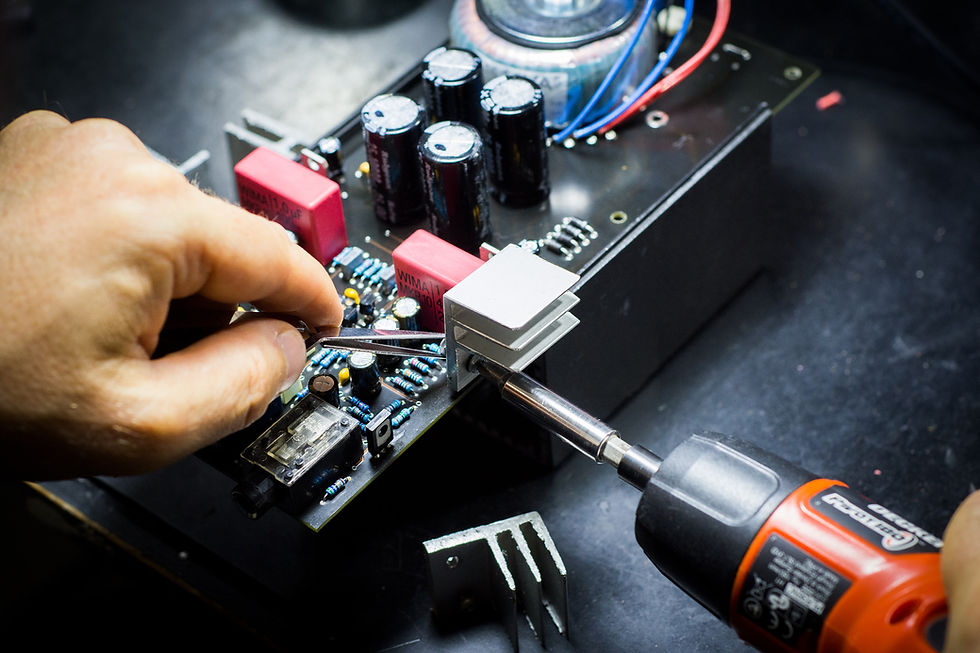Right to Repair: Own it!
- Michael Ireland

- Apr 19, 2021
- 3 min read
Updated: Jan 3, 2024

Have you ever had something break? I’d be shocked if you haven’t. After all, nothing lasts forever. Why just last weekend our second kick drum on our electric kit broke and my warranty had just expired. Dutifully, I began searching for a replacement, but I was dismayed that we’d gone through two drums in just over three years. And let me assure you, these things aren’t cheap! I knew what part was broken, but the manufacturers didn’t list replacement parts or provide instructions on how the drum was assembled. How frustrating!
Unfortunately, some things are made to be broken. That is, they are designed to fail and be replaced. Planned obsolescence is the policy of designing or manufacturing a product with a limited lifespan or serviceability. Why, you ask, would a company design an inferior product or limit the owner from repairing it? So they can sell it to you again or charge you outrageous rates to service it themselves. Alternatively, some products just become obsolete at an alarming rate. Smartphones and other small, chip-heavy devices tend to have shorter lifespans simply because of the pace at which technology advances.
I wasn’t about to open my wallet just to get burned again, and I hated that all the other components on the failed kick drum were just going to waste! Why, I wondered, should I purchase an entirely new drum when one teeny tiny part could be replaced? So I started researching and discovered that the pre-wired piezo I needed to fix my drums was not only extremely inexpensive but fairly easy to replace with a little bit of soldering.
Having found my parts, purchasing appropriate solder, and tearing down my drum pieces, I started looking for resources on soldering and small electronics repair. What better place to start than the library? I found a plethora of books on these subjects to help guide me and provide solid foundational information. Knowing that replacing these minor parts on my drums would be a gateway to similar types of repairs on other equipment, I didn’t want to limit myself to the possibilities of more complex work.
I wasn’t expecting my first project to be an immediate success, but I was pleasantly surprised! Both of the piezos I soldered onto my drums functioned just fine with only one minor setback. The glue I used to adhere my new components to the drum pads failed and will need to be replaced, but my soldered wires and reassembled pads worked as intended. I’m excited to run down my list of other soldering projects such as instrument cables, capacitor replacements, and adding a bypass switch to one of my analog recorders.
The concept of planned obsolescence is a symptom of capitalism and consumerism run amok. Constantly upgrading or replacing our goods creates a lot of waste. The cost and burden of this waste fall on communities that have to haul it from homes, collect it from roadsides, dredge it from lakes, and pile it into landfills. However, there are local and global organizations pursuing legislation to restore consumer’s rights. The “right to repair” movement seeks to empower consumers and reduce corporate overreach. Demanding that companies make their goods not only serviceable by individuals and third parties but robust enough to meet a minimum lifespan is the foundation on which the movement is built.
So save your money, your planet, and your independence and see what you can fix. Impress friends, family, and potential romantic partners with your incredible ability to repair, repurpose, reuse, or restore what would otherwise become junk! It’s never too late to learn a new skill.







Comments